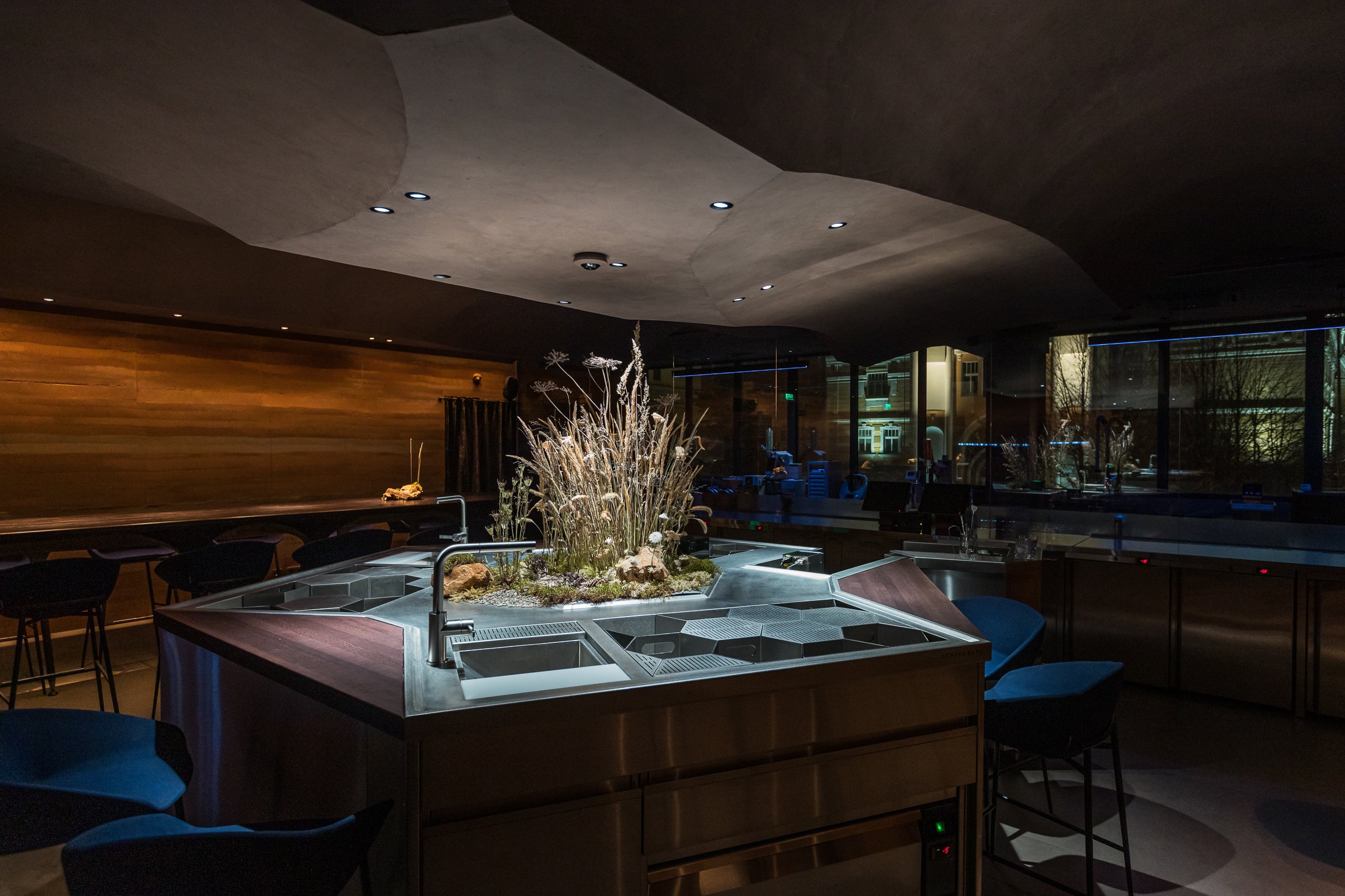3 Fundamental Components of Good Bar Design
Every bar we design at Behind Bars is unique and special in its own way. However, whether it’s a high-volume beer bar in a street food concept or an independent cocktail bar in Spain with Top 50 ambitions, there are 3 design components that are fundamental to them all. Here’s Sam Millin’s input on the 3 components:
1. Functional Capacity
One of the first questions we pose to our clients is - what kind of volumes does this bar need to produce for you to keep the lights on? The answer to this question will often inform the design decisions that ultimately define what the bar station becomes.
The volume of drinks a bar can produce, or the amount of revenue it can generate is governed by what we call its Functional Capacity, which is decided by the elements, or functions, that allow a maximum volume output. It can be things like the size of ice wells, glass storage, number of POSs, number of stations, re-stock logistics, etc.
Custom reduced bench top to maximize glass storage, but still maintain a minimal guest top look for Barcode Street Food in Oslo.
We then dive into what the bar will be producing: the types of drinks, the size and the complexity of the program, and the ambition of the team to customize the station to fit their specific venue. We also want there to be some flexibility in the setup so that bartenders can use the station in different ways as their workflow changes and the menu and concept mature.
2. Bartender Comfort
Both myself and my business partner Alex worked as bartenders for over 15 years. It’s a physically demanding job. Try walking around for 8-10 hours, 5-6 days a week. It’s hard work. It’s hard on the body and it definitely takes its toll over an extended period. When we sit down to first configure a station, what is at the front of our minds is how the bartender will interact with the station, and how she or he will move.
Our aim is to have the bartender in as comfortable a position as possible, as often as possible. We want extended reaches to be minimized, and body shape to be natural and comfortable when preparing drinks. A great example of this is our stepped bottle well. The classic speed rails that are often bolted onto the front of the ice well add an extra 10 – 12 cm reach to the bartender who is preparing drinks on the guest top. We identified this as something that could be replaced by a tiered bottle well, often to the right of the ice well. This allows the bartender to have volume bottles at easy reach and at waist height, often at the right-hand side, which makes it way more comfortable.
From the Behind Bars collection, the Paloma Series, a flush guest top style bar in stainless steel.
Glass storage that fits wash racks, drawers on soft-close rails, and faucets that can be pulled out to wash down the station - all allow the bartender to be more comfortable while working, extend their careers and add to a better quality of life.
3. Guest Experience
How a guest experiences a venue is so important whether they’ll come back again with their friends and family.
A lot of the elements that impact the guest experience are quite obvious: the quality of the service, the quality of the food and drinks, the décor, etc. However, there are other elements that are more subtle: lighting, acoustics, volume of the music, etc.
Custom island style bar designed for Bar Insider in Moscow.
Since COVID-19 hit and basically halted the vibrant cauldron of social interaction that bars provide all around the world, guests are desperate to get back to meeting one another, and how we design our bars to facilitate this is extremely important. For us as bar designers, we’re seeing operators and vendors re-imagining ways to connect with their guests, breaking down that traditional barrier of bartender vs. guest, and finding ways to promote guest–to–guest interaction (see Moscow’s Insider Bar, London’s SOMA, and Oslo’s Dæl as great examples or read our article about how bar design can impact your guest interaction).
The shifting perception of the role of the bar station in creating atmosphere and experience is so exciting for us, as it creates different ways for guests to experience bars, and that’s a very exciting prospect.
Don’t hesitate to reach out if you have a project or would like to discuss all things bar design!
SHARE THIS ARTICLE



